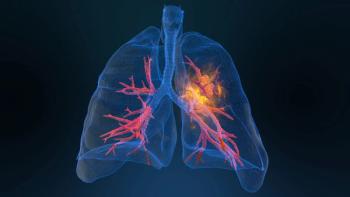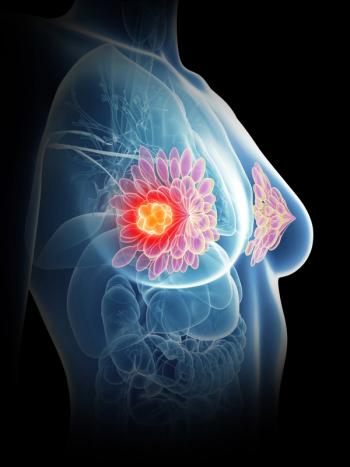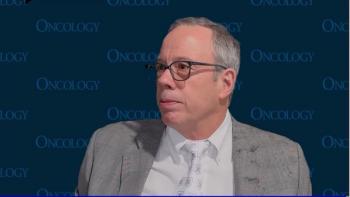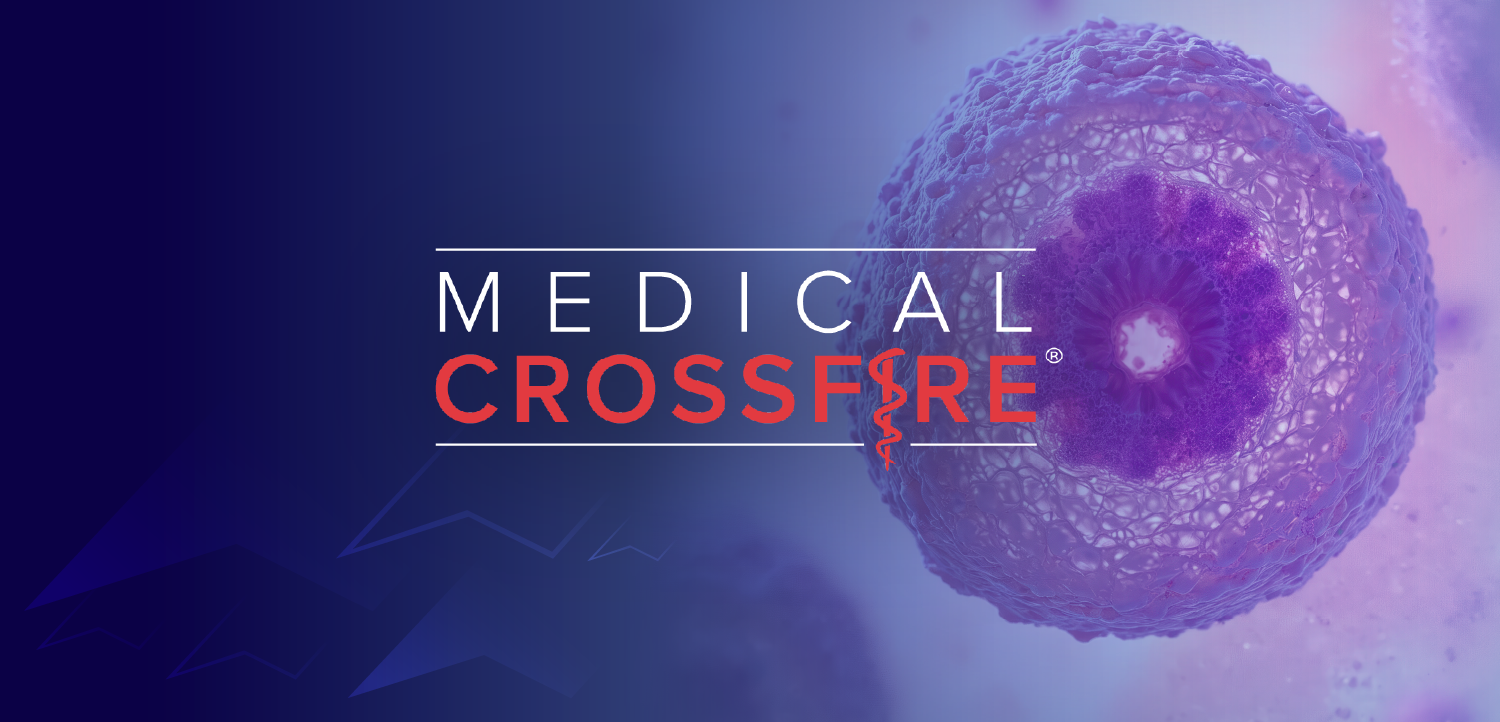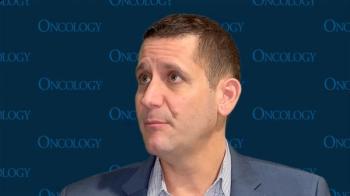
Discussing the Applicability of ACRO Findings to Radiation Oncology Practice
ACRO presentations may enable community practices to utilize cutting-edge radiation advances to deliver optimal treatment to patients.
A unique aspect of the 2025 American College of Radiation Oncology (ACRO) Annual Summit was creating opportunities for allowing outcome enhancements through the usefulness of treatment, according to Brandon Mancini, MD, MBA, FACRO.
CancerNetwork® spoke with Mancini, medical director at Bold Advanced Medical Future (BAMF) health and clinical associate professor of medicine at the Michigan State University College of Human Medicine, about points brought up during the recent ACRO meeting that resonated with him.
He began by highlighting the applicability of ACRO experiences to everyday practice, highlighting spatially fractionated radiation therapy (SFRT) as an example, which is an emerging tool for treating large or radio-resistant tumors. Mancini then contrasted SFRT with classically delivered radiation therapy by explaining that SFRT intentionally seeks to treat tumors with non-uniform doses. He further lauded the creation of opportunities for outcome-enhancing treatment options, which he expressed was a unique aspect of ACRO.
Mancini then explained that combination therapies were another topic of interest at the conference, particularly how they interact with radiation therapy in different disease sites. He conveyed an appreciation for the ACRO presenters of combination therapy findings, who outlined the history and current state of these regimens, future directions for treatment, and tips for the application of knowledge gained at the conference into practice.
Furthermore, he highlighted another indication, partial breast irradiation, where investigators presented findings showing improvements in treatment delivery, as well as a reduction in hospital visits vs conventional standards of care. He stated that, despite showing promising results in certain breast cancer populations, integration has been slow. Mancini expressed those presentations both impactfully and practically presented radiation therapy as a safe option, while equipping oncologists in attendance with the academic-level knowledge to more effectively treat patients across a plethora of disease statuses.
Transcript:
ACRO does an outstanding job at creating experiences and talks that are immediately applicable to everyday life and everyday practice within the field of radiation oncology. A few interesting topics include things like SFRT, which is something that is quite new and not commonly delivered across most centers, but that is being investigated as a useful tool for large or radio-resistant tumors. It is a different approach than what we are classically doing in radiation therapy, where you are intentionally treating tumors with a non-uniform dose. Again, it is creating opportunities for the usefulness of treatment that may allow improvement in outcomes for patients long term. That was specifically unique, and again, a unique aspect of ACRO.
Other things that come up again are those combination therapies. Just like in the clinical trial space where combination therapies and immunotherapy and different systemic treatments are coming into play, how those interact with radiation and the overview of the latest and greatest trials within every disease site is important, whether that’s small cell lung cancer, cervical cancer, or beyond. All the presenters did an incredible job at a review of where the field has been, where it currently is, and where it is going, with that direct practical implication, where they are giving the tips and tricks on how to directly apply the knowledge that was delivered throughout these presentations to someone's practice when they return to work the next day. That was [highly] appreciated and something that is also incredibly valuable from an ACRO perspective,
It is exciting. Within the space advanced techniques trying to get people more comfortable with partial breast irradiation, for example, where you are improving in your [delivery of] safe treatment, and you are doing it in a lot fewer visits than women are accustomed to in breast radiation therapy. That is something that has a lot of evidence in support of it for certain patient populations but maybe has not been as fast to be implemented. Again, a practical presentation that says, “Do not be scared of this. This is something that is good. Here is the data. Here is how you do it,” to galvanize the individuals to, again, enable community radiation oncologists and beyond to deliver the same care, so they have the same knowledge base [and] same expertise as physicians that dedicate their whole lives in an academic setting to these disease statuses. [Quite] exciting, practical, and impactful information every day.
Newsletter
Stay up to date on recent advances in the multidisciplinary approach to cancer.



